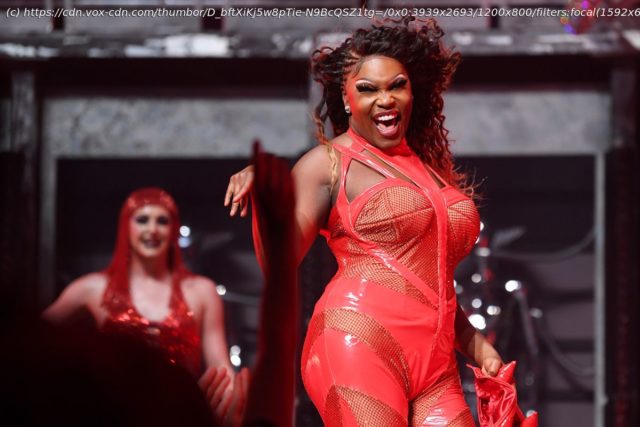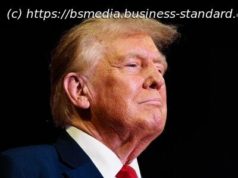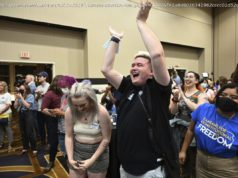This is a serious blow to the First Amendment and a victory for a notoriously anti-LGBTQ judge.
The Supreme Court will allow a public Texas university’s unconstitutional ban on drag shows to remain in effect, in a decision announced Friday.
The Court’s decision in Spectrum WT v. Wendler is just one line long and offers no explanation. The decision is also only temporary, but it effectively means that LGBTQ college students in North Texas are not allowed to exercise their First Amendment rights for an indefinite period of time.
This is a story with two very clear villains. One is a university president who banned drag shows on campus, allegedly because he believes that drag is sexist. The other is a notoriously anti-LGBTQ judge.
Spectrum WT is an LGBTQ student organization at West Texas A&M University. It was supposed to hold its annual drag show last March at a campus venue that, according to the organization’s lawyers, hosts concerts, beauty pageants, political events, and other performances hosted by student groups.
Less than two weeks before the drag show was supposed to take place, the university’s president, Walter Wendler, abruptly canceled it and announced that he was banning drag performances from campus.
Wendler’s stated reason for the ban is, to say the least, unusual. He claimed that drag, a kind of theater that satirizes gender norms and often features men dressed in conventionally feminine clothing and makeup, is “derisive, divisive and demoralizing misogyny.” He also likened it to blackface.
But West Texas A&M is a public university, so Wendler is a government official who is bound by the First Amendment.
Spectrum WT had wanted to hold another drag show this month, but can’t hold it on campus so long as Wendler’s drag ban is in place. Friday’s decision from the Supreme Court is only temporary, and the students have such a strong case under the First Amendment that it is unlikely the drag ban will remain in effect forever.
The case will be heard soon by a federal appeals court, which could still strike down the ban. If it does not, the plaintiffs may then seek review from the Supreme Court once again. But the practical effect of Friday’s decision is that the group will not be able to hold its show on campus for the second year in a row.
Even if Wendler were correct that a theater performance that lampoons female gender norms is inherently sexist, the First Amendment still protects sexist speech. In fact, it protects nearly all speech that is offensive, obnoxious, or even hateful. Hence the Supreme Court’s 2011 decision that members of a notoriously anti-gay church could stand outside a fallen Marine’s funeral holding signs with messages like “Thank God for Dead Soldiers.”
Indeed, in its brief to the justices, Spectrum WT has pointed to a federal appeals court decision that held that a fraternity was protected by the First Amendment when it dressed several male students in women’s clothing and held an “ugly woman contest.” One of these men wore actual blackface, dressing as “an offensive caricature of a black woman.”
So how did Wendler’s obviously unconstitutional drag ban wind up in front of the highest court in the nation? This, after all, is the very sort of one-sided legal dispute that lower courts typically resolve with relatively little drama.
The answer is that West Texas A&M is located just outside of Amarillo, Texas. And cases brought in Amarillo’s federal courthouse are all heard by the city’s sole federal judge, Matthew Kacsmaryk. Kacsmaryk is a Trump appointee with strong ties to the religious right. He’s best known for his stalled attempt to ban the abortion drug mifepristone.
When Spectrum WT’s lawsuit against Wendler came before Kacsmaryk, he did what everyone familiar with his record already knew he was going to do: He handed down a decision rejecting the group’s First Amendment claims in an opinion that takes such extraordinary liberties with the Supreme Court’s precedents that it barely resembles a legal argument.
Home
United States
USA — Criminal The Supreme Court’s puzzling decision to allow the government to ban drag...






